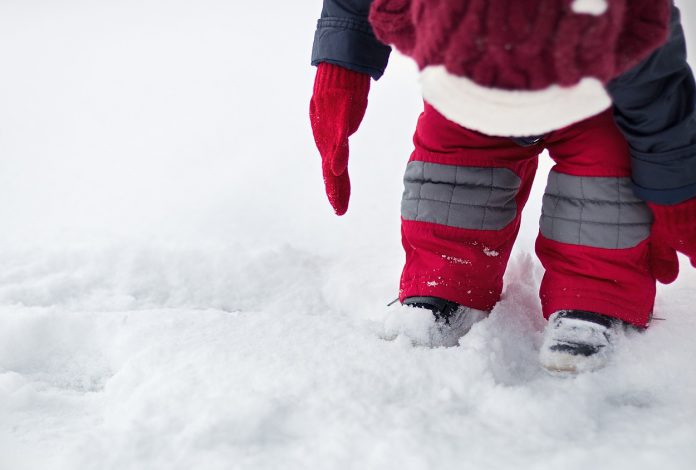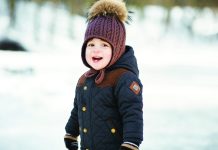
Emergency Medical Services (EMS) paramedics respond to a number of cold weather-related emergencies every winter. However, by taking appropriate measures to dress properly, anticipate sudden weather changes and preparing to be out in the cold, may reduce your risk of sustaining a cold weather illness/injury. It’s also advised you store an emergency kit in your vehicle at all times containing extra clothing, blankets and other road-side supplies.
Frostnip
- Frost-nipped skin is extremely cold, but not yet frozen skin;
- It commonly affects the ears, nose, cheeks, fingers and toes;
- The skin may look red and possibly feel numb to the touch;
- When treated promptly, frostnip usually heals without complication;
- Move to a warm environment and immediately, but gently, re-warm the affected area through skin to skin contact (i.e. hand covering tips of ears).
Frostbite
- Frostbite occurs when skin becomes so cold, the skin and underlying tissues freeze;
- Affected skin may look white and waxy and will feel hard to the touch;
- Move to a warm environment immediately and place the affected area in warm, not hot, water, until fully re-warmed;
Call 9-1-1, or seek further medical attention as required.
Hypothermia
- Hypothermia is abnormally low body temperature, less than 34°C (as compared to normal body temperature of about 37°C);
- Early hypothermia may manifest as profound shivering; moderate hypothermic patients may act inappropriately: stumbling, mumbling, and fumbling, as their body temperature continues to drop resulting in severe hypothermia (<30°C);
- Left untreated, severe hypothermia may progress to unconsciousness or death;
- Early recognition and prompt medical attention is key. Call 9-1-1. Don’t forget to protect yourself from the factors that originally lead to the patient’s situation;
- Initiate gentle re-warming as quickly as possible. Remove any wet or constrictive clothing; cover with blankets, or sleeping bags. Protect from further heat loss: eliminate contact with cold surfaces, and shield from wind and moisture.









